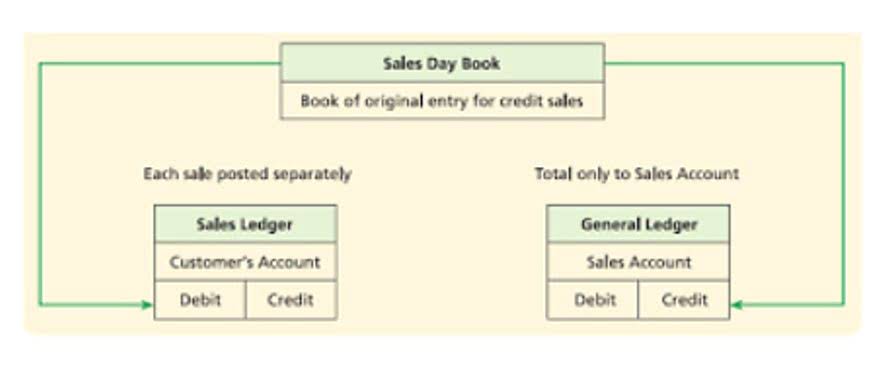
Conversely, a “cash overage” happens when the physical cash exceeds the recorded amount. If the same register holds $502 instead of the expected $500, it represents a $2 overage. A firm will note cash variation instances easily in a single accessible account. Additionally, this account is usually included in the other expenses or other revenues when we prepare the income statement at the end of the accounting period. The cash ratio calculates a company’s most liquid assets as a percentage of current liabilities. Cash and cash equivalents are divided by total current liabilities to assess how well a company can repay debt with existing cash balances.
How Cash Short and Over is Recorded
These assets can quickly be converted into legal tender how to calculate cash over and short to pay off current obligations. Investors typically look for cash on cash returns of at least 8-12% when analyzing potential rental properties to account for risk and compare returns versus other investments. For instance, short-term rentals often aim for 8%-12%, while some investors in these properties look for returns of 15% or more to achieve strong cash flow. In some cases, returns can even hit 20% or higher, particularly in areas with high demand. For example, confirm partial-year revenues if the property wasn’t rented out immediately or if there were mid-year rent adjustments due to market changes. Accurate data ensures your calculations reflect the true performance of your investment.

Flowing with Cash: Managing Over and Short in Your Cash Flow

Backed by 2,700+ successful finance transformations and a robust partner ecosystem, HighRadius delivers rapid ROI and seamless ERP and R2R integration—powering the future of intelligent finance. Upon adding the $3m net change in cash to the beginning balance of $25m, we calculate $28m as the ending cash. The completed statement of cash flows, which we’ll work towards computing throughout our modeling exercise, can be found below. Under the indirect method, the format of the cash flow statement (CFS) comprises of three distinct sections.
Calculating the Cash Flow Margin
- CDs generally pay higher interest rates than other savings accounts to compensate for the fact that the deposited funds can’t, in theory, be touched for a certain amount of time.
- Cash Over and Short reconciles what is in the cash drawer vs. what the cash register record says should be in the cash drawer.
- Over and short are terms that are commonly used in the retail or hospitality industry to refer to the discrepancy between the actual cash and the expected cash.
- It is considered as a stricter way to assess liquidity and is different from the quick ratio or current ratio.
Startups often rely on fundraising rounds instead of revenue, so a healthy runway for a startup may be long enough to hit the next fundraising period. Cash-on-cash return offers a straightforward way to evaluate an investment’s https://malus.lv/wordpress/predetermined-overhead-rate-pohr-formula-and-3/ cash performance but comes with some notable limitations. In general, a cash-on-cash return between 8% and 12% signals strong performance. On the flip side, lower returns may still work for investors prioritizing stability and lower risk . This calculation shows how much of your invested cash is being returned as pre-tax income each year, expressed as a percentage.
How To Calculate Cash Runway?
Calculating cash-on-cash return is straightforward when you follow the right formula and steps. This figure represents your equity – the portion of the property’s cost that comes from your own funds rather than borrowed money. This distinction is particularly important when comparing opportunities with different financing structures.
- I rang up a $95 pair of yoga pants correctly for $95, but I miscounted the cash I received for the pants.
- Harold Averkamp has worked as a university accounting instructor, accountant, and consultant for more than 25 years.
- For our long-term assets, PP&E was $100m in Year 0, so the Year 1 value is calculated by adding Capex to the amount of the prior period PP&E and then subtracting depreciation.
- One of the most important reasons to invest in rental properties is cash flow.
- A real estate investor purchases a rental property with a potential gross income of $100,000.
- Cash and cash equivalents are divided by total current liabilities to assess how well a company can repay debt with existing cash balances.
- Learn to accurately identify, calculate, and manage discrepancies between your actual and expected cash.
How To Handle Cash Flow?
The account is aggregated into “other expenses” or “other revenue” on the income statement. Cash handling is a fundamental aspect of daily business operations, particularly for businesses that accept physical currency. Maintaining accurate cash records is important for financial integrity and operational efficiency. Even with diligent practices, minor differences between the expected cash amount and the actual cash counted can occur.
The amount recorded in the general ledger represents the balance at the beginning of the month plus all transactions during the month which involved cash. Before Julia can reimburse her co-workers for expenses, they must provide her with a receipt for their expenses. This is more common with companies that deal with significant amounts of cash (retail, banking, etc.) or that have large and heavily used petty cash funds. Cash accounting over and short occurs when businesses either have more or less cash on hand than was expected/recorded in their general ledger.

Real-World Example of Cash and Cash Equivalents
These variances are commonly referred to as “cash short and over,” and understanding them is a routine part of managing daily financial transactions. This cash shortfall is recorded as a debit to the cash over and short account (which is an expense) and a credit to the petty cash or cash account (which is an asset reduction). It compares the cash and cash equivalent position against short-term borrowings, also called current liabilities.















